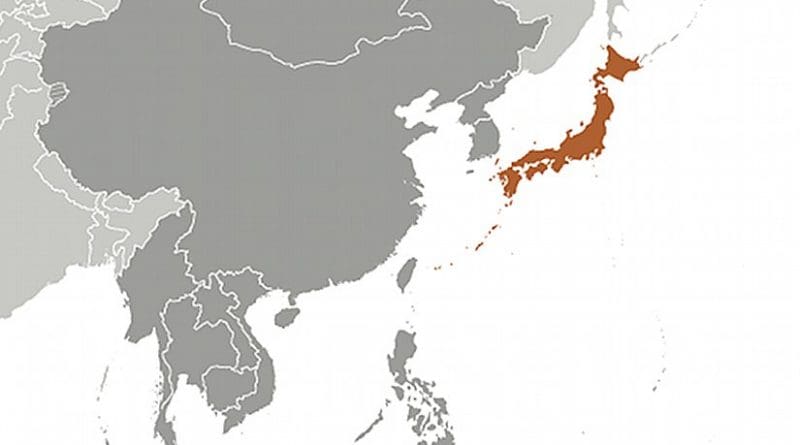Japan: Nuclear Plant’s Contaminated Pools To Be Drained
Pools of water with significant contamination are slowing down repair work in units 1, 2 and 3 at Fukushima Daiichi. It was in unit 3 that three workers recently suffered higher radiation exposure.
The origin of the water remains unknown, but readings by Tokyo Electric Power Company (Tepco) have shown very significant radiation dose rates near the pools in the lower levels of the turbine buildings. In unit 2 doses from the water’s surface are 1000 millisieverts per hour, in unit 3 this is 750 millisieverts per hour while unit 1 shows 60 millisieverts per hour.
Reconnection work to bring normal cooling systems and diesel generators back into operation requires access to these areas, on the first floor and basement of the turbine building. The necessity of this work forced Tepco to immediately begin pumping the water for storage in the hot wells of the condenser units higher up in the building. This is already happening at unit 1 while preparations are made to do the same at units 2 and 3.
It was at unit 3 on 24 March that three workers were inadvertently exposed to radiation from the pools and may have suffered radiation burns to the skin of their legs. They were exposed to over 170 millisieverts, compared to the current temporary limit set by regulators of 250 millisieverts. The workers ignored their dosimeters and continued working based on radiation survey results one day earlier. This indictes that either the survey was in error, or the contents of the water changed significantly in the space of one day.
The high doses from the water come from the rapid decay of radionuclides with short half lives. This leads officials to presume the water comes from the reactor system rather than the used fuel pond where this decay would have taken place some time ago. At the same time, however, pressures in the reactors have not dropped, indicating no large-scale pipe break. The primary containments of unit 1 and 3 are thought intact, although damage is suspected at unit 2. At least some damage to fuel assemblies is expected to have taken place at all three units.
Media coverage of the pools has been complicated by a mistake in Tepco’s reporting which put the level of radioactivity in the water at ‘ten million times’ the normal level for reactor coolant. The company has retracted this, explaining that the level it reported for iodine-134 was actually for another radionuclide with a longer half-life and therefore a lower activity rate.
Researched and written by World Nuclear News

